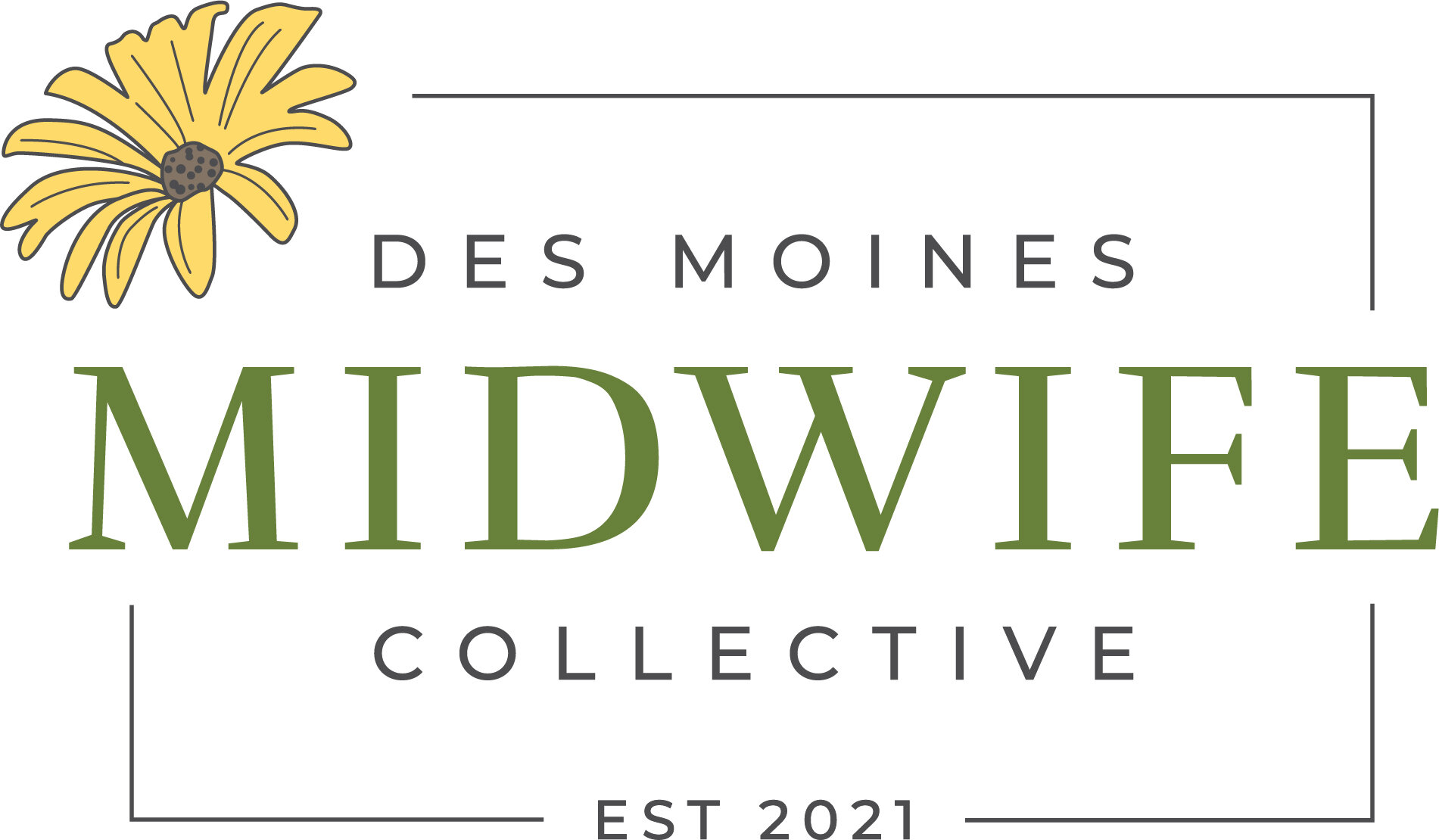Find relief from sore or cracked nipples
Are you dealing with sore or cracked nipples when you are nursing baby? Are you asking if this is normal? Sore nipples, especially in those early days of nursing, is a common complaint but is not normal. Mild sensitivity or tenderness with initial latch is commonly reported in the first one to two weeks, but skin breakdown should not occur with a proper latching technique. Sore nipples are likely from an improper latch — baby’s tongue is not positioned properly or there is not enough breast tissue in baby’s mouth. Here are some tips we recommend trying to help prevent and heal sore or cracked nipples.
Help prevent sore and/or cracked nipples:
Align baby well to the breast, becoming belly to belly with mom and ensuring baby’s ear-shoulder-hip are in a straight line.
Wait for baby to open wide, yawn-like, before offering the breast.
Look for flanged lips (lips turned outward) once baby is latched onto the breast.
Baby’s tongue should stay over the gum line, cupping the nipple.
You can check for this by moving the breast tissue near the corner of baby's mouth.
Flat or inverted nipples may cause trouble with baby latching, yet with a proper latch, baby can pull/evert the nipples. If you're experiencing trouble with this, roll nipples between thumb and first finger, or use a breast pump for a few minutes before latching baby.
How to heal sore and/or cracked nipples:
Ensure proper latch.
Nurse in different positions (laid-back, cradle, side-lying, football hold, cross-cradle).
When baby cries, check if their tongue extends past the gum line or is heart-shaped.
This can indicate tongue-tie (short frenulum, skin under the tongue).
Allow air to the nipple.
Use a pump or nipple shield during the healing process.
Use breastmilk to the skin after feedings — breastmilk has healing properties to the skin.
Try a prescription cream for healing severely cracked or bleeding nipples.
Avoid wearing tight bras.
Wash your nursing pads/bras and rinse well.
Avoid soap or laundry soap residue on bra to prevent drying nipples.
Reach out to a lactation consultant if you are struggling with engorgement and need some advice during this period of time.
What is thrush?
Are you experiencing pain, burning or red skin on or around the nipples after weeks or months of pain-free breastfeeding? This could be a sign of infection, yeast or an allergic reaction. Thrush is a type of yeast infection that can cause white patches in baby’s mouth, or could show up as bright red diaper rash. Certain medications may be needed as treatment. Contact your provider if you or baby are experiencing these symptoms. Oftentimes, once the cause is identified and treated, you can continue your breastfeeding journey without sore or painful nipples.
If you are dealing with nipple pain with nursing/pumping, or want to learn more prenatally before your baby arrives, reach out today to schedule a prenatal lactation appointment. At DMC, you do not need to be one of our prenatal clients to come in for a prenatal lactation or postpartum lactation visit.

